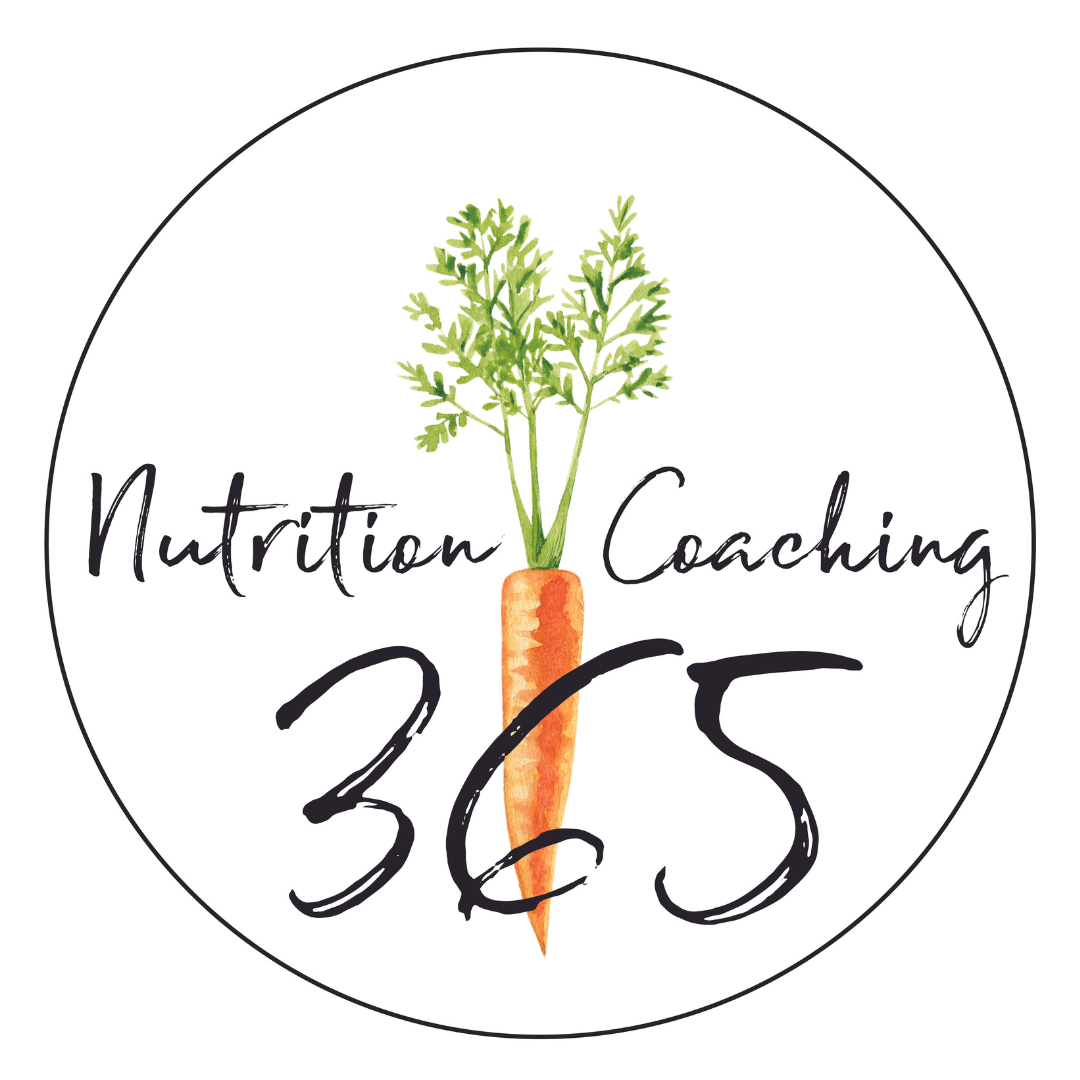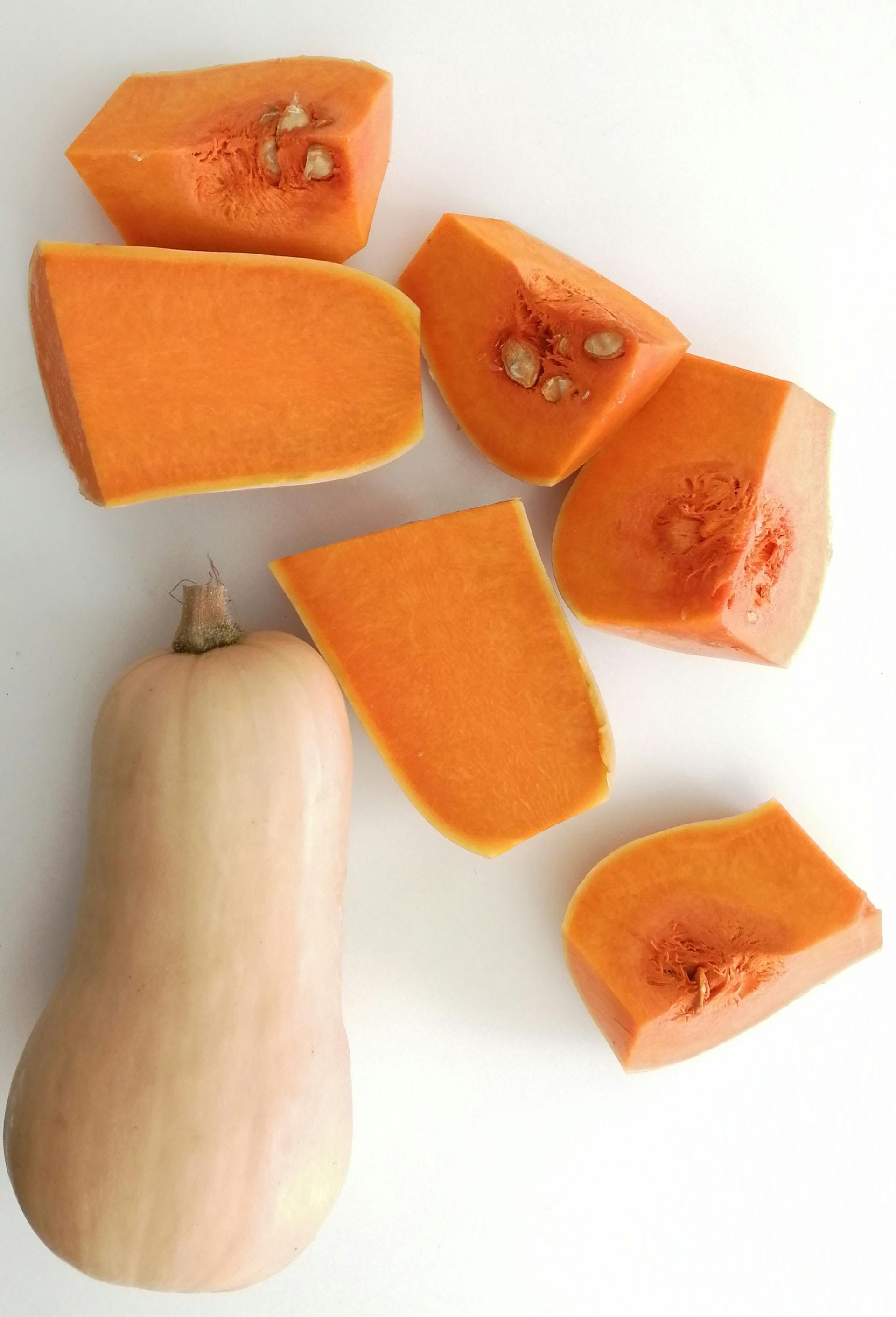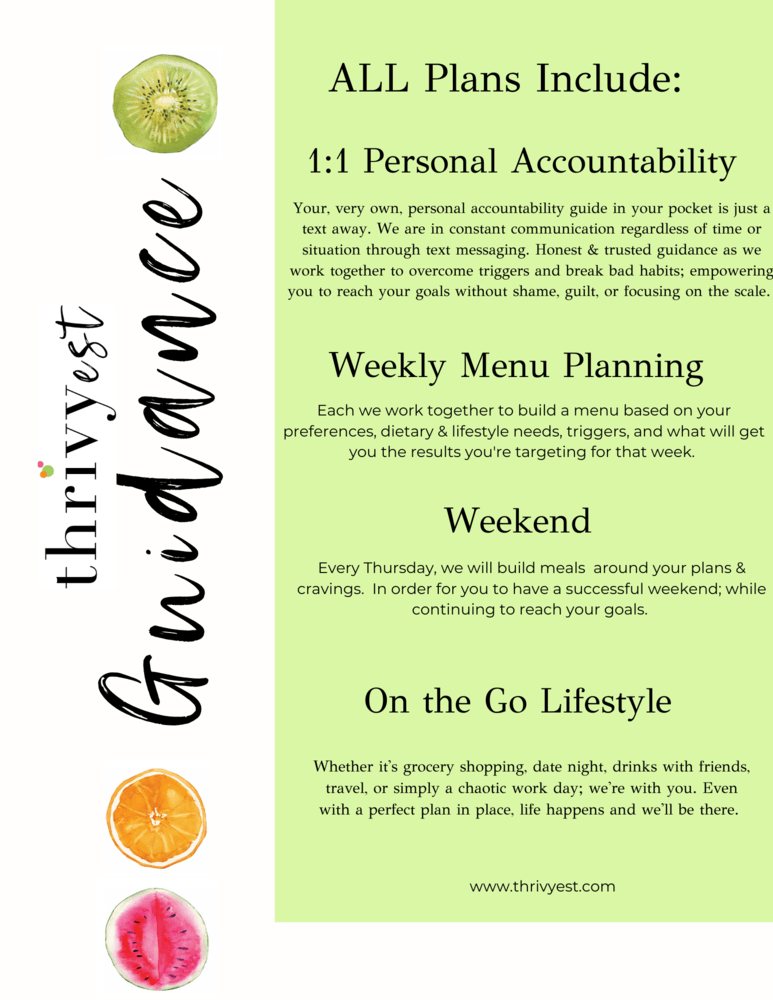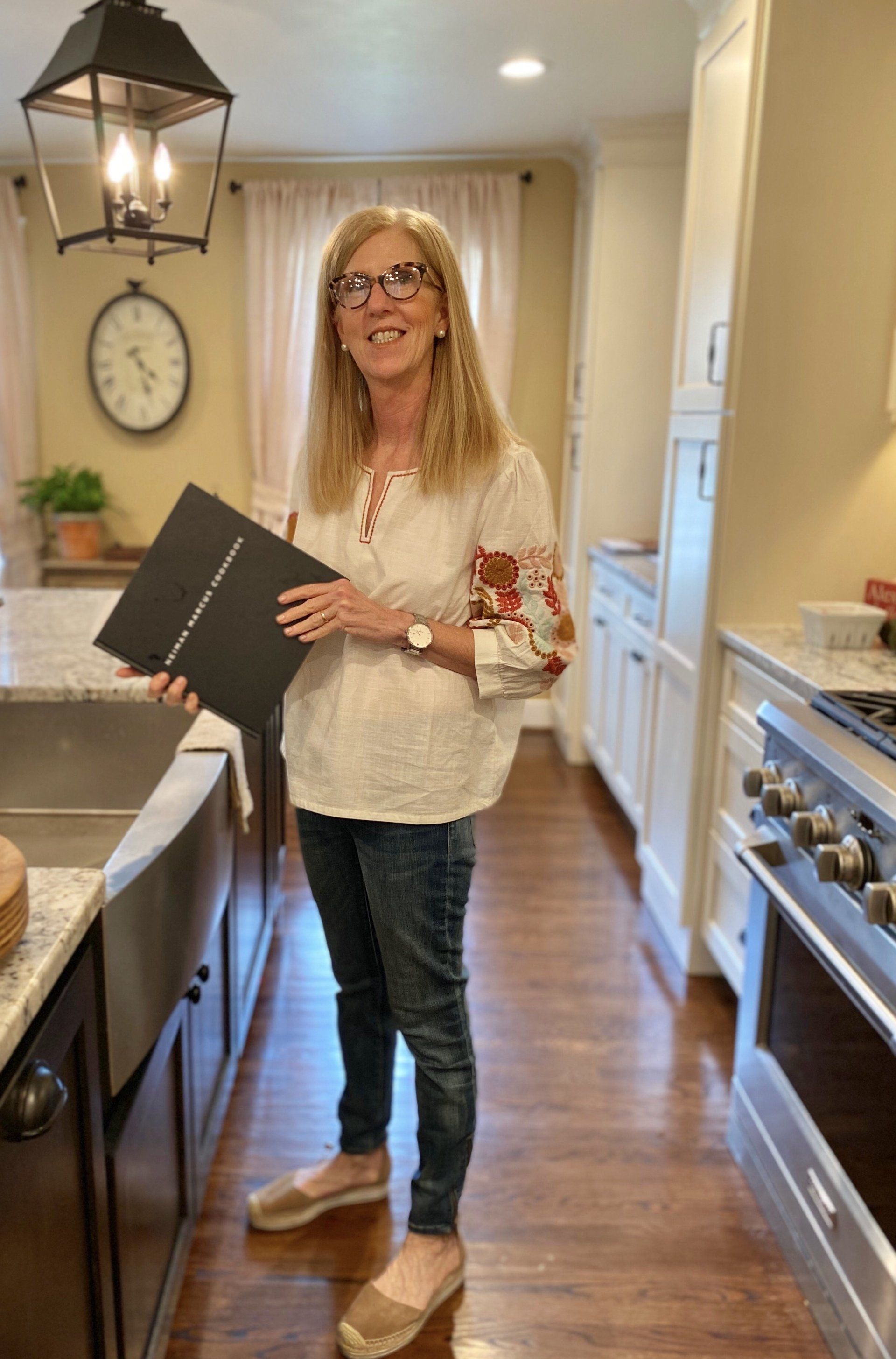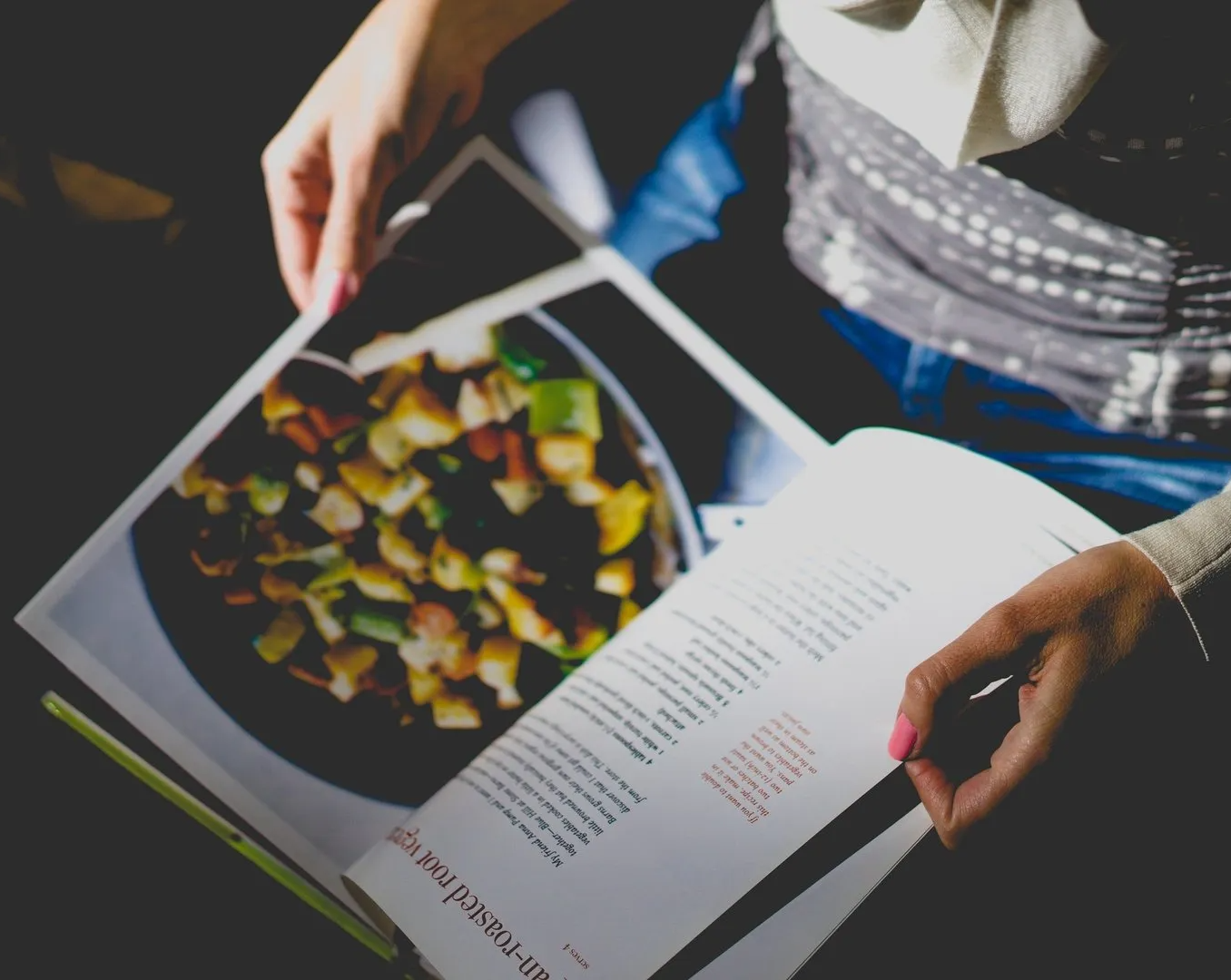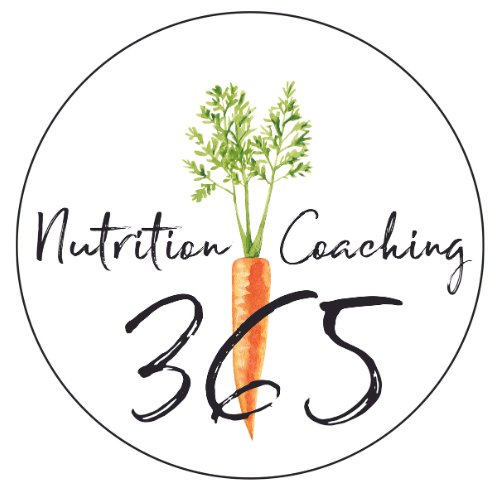Lasting Weight Loss Habits
Create Lasting Weight Loss Habits
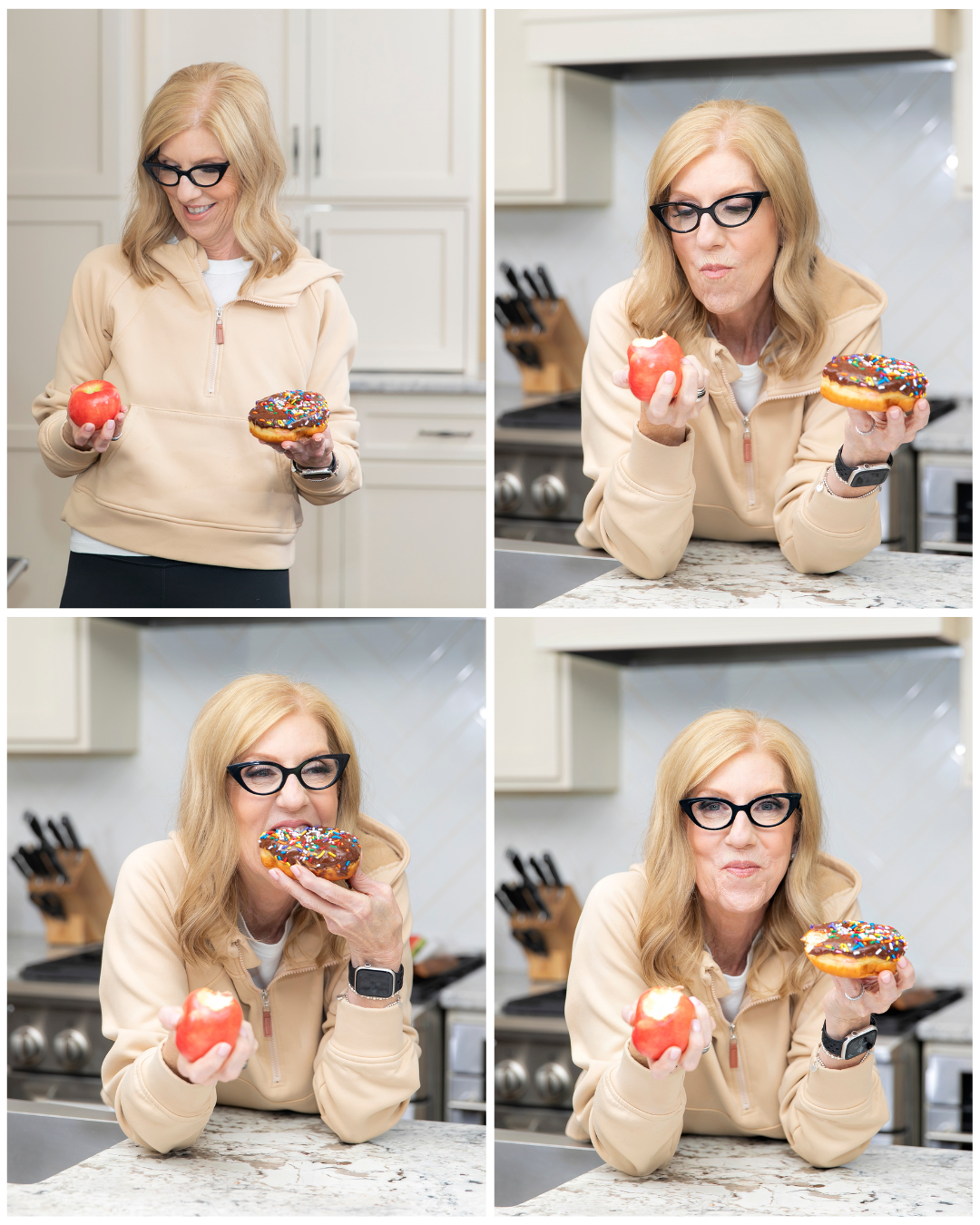
Have you ever found yourself saying, "I know what I’m supposed to do, I just can’t get myself to do it!"?
You’re not alone. Most of us understand the basics of living a healthier life, but making those changes stick is a different challenge.
We know how to lose weight: move more and eat less.
We know how to work out: increase your heart rate, lift weights, and do it consistently.
We know how to eat healthy: include more vegetables, protein, and whole foods.
Yet, sticking with these habits for more than a few weeks can feel impossible.
Why is that?
The answer lies in our daily habits—automatic patterns our brains establish to save energy.
But what if you could rewire these patterns to support a healthier lifestyle?
Imagine If...
- Going to the gym wasn't a daily decision.
- Eating vegetables with every meal was second nature.
- Feeling energetic and well-rested was your norm.
That’s the dream, right? Those who have "cracked the code" to staying fit have done so by turning healthy behaviors into daily habits they don't even have to think about.
Imagine making progress without constant mental effort - that’s the power of habits.
So, let's dive into some habits you can start experimenting with to become a healthier, fitter version of yourself!
1️⃣ Eat 5 Servings of Fruits and Vegetables Daily
Did you know only 1 out of 10 adults eat the recommended amount of fruits and vegetables? To make it easier, add fruits and veggies to every meal. This simple habit will boost your vitamin and mineral intake, improve digestion, and help you stay full longer. Tip: aim for 1-2 servings of each at every meal. Here’s a recipe
I love to prep at the start of the week and enjoy multiple times.
2️⃣ Exercise Consistently
Consistent movement is linked to better mental and physical health. The type of exercise matters less than how regularly you do it. Find an activity you enjoy and stick with it. Don’t worry about the specifics; just getting active is the goal. You can always optimize later.
3️⃣ Record Everything You Eat
What gets measured, gets managed. Want to improve your eating habits? Track what you eat. You don’t need to aim for specific macros or calories initially—just being aware of your intake can lead to positive changes. If you need a tracking app, I recommend My Fitness Pal.
4️⃣ Increase Your Water Consumption
It sounds simple, but staying hydrated is crucial. Dehydration can cause cravings, fatigue, muscle cramps, and poor sleep. Drinking more water reduces bloating and inflammation, boosts metabolism, and promotes healthy weight balance. Keep a water bottle handy and sip throughout the day. Aim for light yellow urine as a sign of proper hydration.
5️⃣ Get More Sleep Nightly
Quality sleep reduces your risk for diseases like heart disease and diabetes, aids in fat loss and muscle growth, and generally helps you feel better. It’s easier to make healthy choices when you’re well-rested. Aim for 7-9 hours of sleep per night, as recommended by the National Sleep Foundation.
6️⃣ Find an Accountability Partner
Don’t start this journey alone. Having someone to support and hold you accountable can make a huge difference. Studies show that accountability partners significantly increase adherence and results.
The Key to Success: Consistency
The most effective way to reach your goals is through consistent actions—by turning them into habits.
Start with one habit and add more as you master each one.
Transforming your lifestyle doesn't have to be daunting. With small, consistent steps, you can build habits that make healthy living second nature.
So why wait? Start experimenting with these habits today and watch yourself become the healthier, fitter version you've always wanted to be.
Do you need some coaching on how to prioritize your habits and goals?
Click here. I'll reach out within 24 hours to set up a time to chat, and we can begin mapping out a clear path to success.
YOU ARE CAPABLE OF LIVING YOUR HEALTHIEST & HAPPIEST LIFE.
If you’re looking to create healthy habits to gain more energy, improve your sleep + shed a few pounds, you’ve landed in the right place.
Recent Posts
Meet Emily
I love encouraging + inspiring others to reach their healthiest lives through food, fitness + gratitude. As a holistic nutritionist + the founder of Thrivyest, I am passionate about creating habits to help you to live longer + thrive. To thrive in body, mind + soul through personalized, simple + practical steps ensuring you gain more energy, clarity + confidence! Let's connect!
